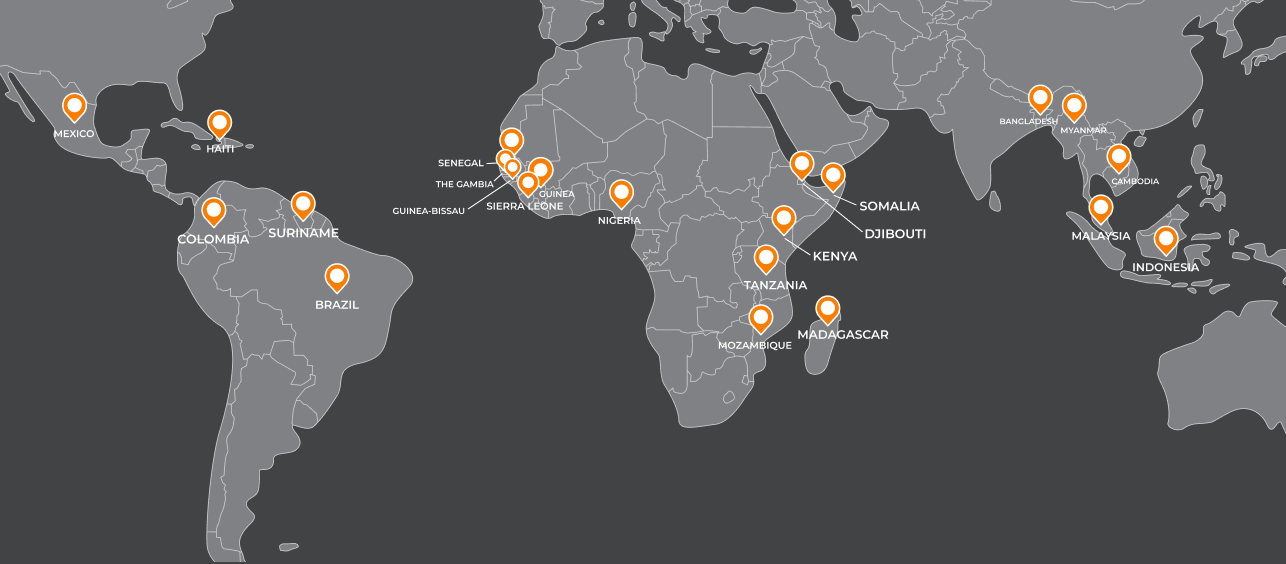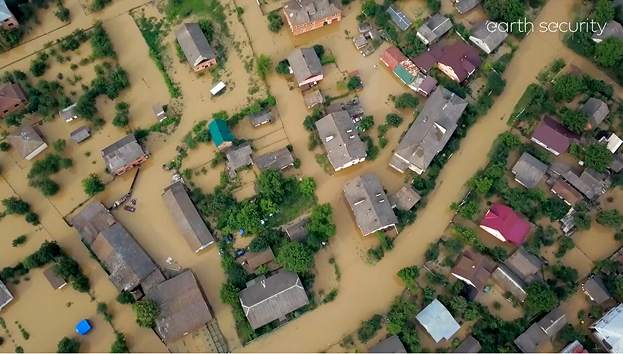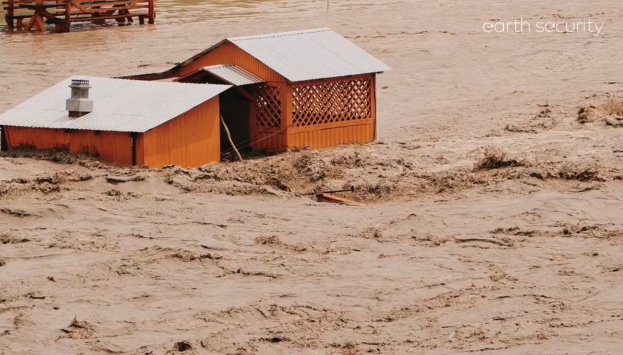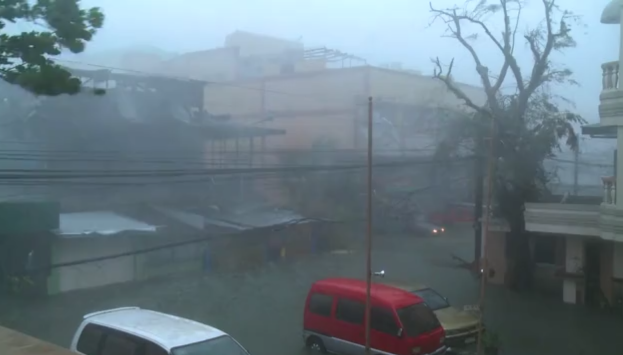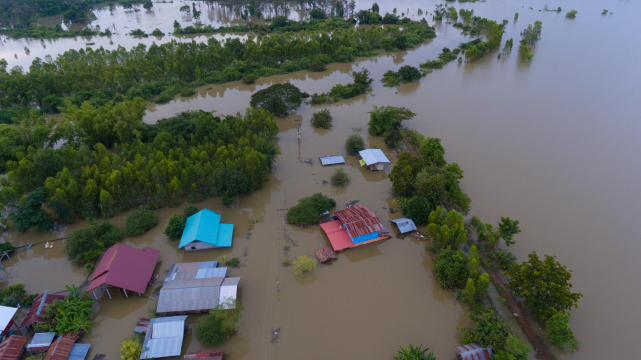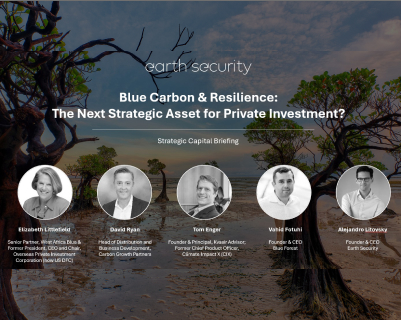The article was originally published by Reuters.
By Alejandro Litovsky on Nov 29, 2019
With rice the main staple for half the planet, green bonds to inventivise 150 million smallholder rice farmers to adopt climate-smart practices may help avoid social unrest as well as global warming, argues Earth Security’s Alejandro Litovsky
If you were asked to list the agricultural commodities where sustainable business models and finance are a key priority in the climate agenda, you will probably think of soy, cattle, and palm oil – all key drivers of deforestation and emissions. It is not likely you would think of rice.
Rice is an important commodity in a different way. It is the main staple on which 3.5 billion people on the planet depend for food security – half of the world’s population. Rice uses 40% of the world’s irrigation water and is acutely sensitive to changes in the climate.
A climate-driven failure in global production and trade would trigger the type of social unrest that we saw during the uprisings that swept through North Africa, the Middle East and elsewhere during the food crisis of 2007-08 – some of these, as in the case of Haiti, connected to a spike in the price of rice. This year, Chile’s cancellation of the annual UN Climate Conference (UNFCCC) due to civil unrest threatened to undermine urgent climate action but also served as a stark reminder of the need to address poverty and social inequality as part of the low-carbon transition.
Rice farming is an enormous contributor to climate change, emitting 10% of global methane emissions, a potent greenhouse gas (GHG). In Southeast Asia, rice cultivation accounts for up to 25-33% of the region’s methane emissions and 10-20% of its overall GHGs. “Climate-smart” rice farming practices have been shown to be a tremendous impact opportunity, and could transform global value chains. Simple changes, such as removing rice straw from a field instead of burning it, or alternating wet and dry field conditions instead of flooding, could radically reduce methane emissions by up to 70%, and slash water use by 50%.
However, the challenge is that rice is grown by 150 million smallholder farmers, a number far higher than for any other crop, most of them poor and outside the formal financial system. A handful of companies, such as Mars Food, Phoenix Group, Olam International and Ebro Foods among others, have led efforts to incorporate these practices within their value chains, working closely with farmers as part of the UN-supported Sustainable Rice Platform.
Aligning corporate finance to reward companies that are putting farmer livelihoods and resource efficiency at the heart of their business models is an urgent task for banks and investment funds.
"Among our proposals is the design of a “rice bond” to unlock upfront capital for sustainable rice value chains"
Deploying finance to scale-up sustainable rice production practices will not be easy. With few exceptions, the rice value chain is extraordinarily fragmented. This forces us to rethink public-private collaboration and finance partnerships. Earth Security Group’s new report Financing Sustainable Rice for a Secure Future puts forward the analysis, the business case and three innovative finance blueprints to help scale up sustainable rice production in line with the Paris Agreement and measurable contributions to the UN Sustainable Development Goals.
Among our proposals is the design of a “rice bond” to unlock upfront capital for sustainable rice value chains. Such a bond would enable a global rice processor, trader, or retailer to provide farmers with capital to transition to sustainable production, improve farming practices, increase yields and revenue, and become more resilient to climate risks.
Last year, a bond to incentivise Brazil farmers to grow soy sustainably on degraded land was launched on the London Stock Exchange (see How investors can help prevent Brazil’s soy farmers from cutting down forests), and next year is expected to be a milestone for agricultural green bonds. To catalyse the growth of green bond issuance in agriculture, the Climate Bonds Initiative, a standards-setting body, is developing the taxonomy to guide issuers, banks and investors in developing agriculture-related green bonds. We are recommending that this incorporate the indicators for climate-smart rice production that have been already developed by the Sustainable Rice Platform.
Another underutilised pool of capital sits in international climate finance. Given the GHG emissions of rice production, public climate finance could be used strategically to attract private investments in climate-smart agriculture. Country pledges that include rice in their nationally determined contributions (NDCs) would be the first place to start. At present, 48 countries include in their NDCs the commitment to reduce GHG emissions from rice paddies, but have not yet outlined how they plan to incentivise the private sector to achieve these targets.
The biggest challenge is ensuring that sustainable finance can reach the farmers. This is complex. Most rice is grown on farms of less than one hectare, by farmers with little or no access to credit and training. In the report, we outline how the further development of digital finance platforms could give rice smallholders access to bundled financial services and market linkages to sustainable value chains. Currently, there are 400 digital solutions for agriculture in Africa alone and promising signs that the sector is maturing. Around 33 million smallholders in sub-Saharan Africa are now registered with a digital solution provider, and as many as 200 million are expected to register by 2030. These platforms must play a stronger role in supporting sustainable production and value chains.
"The global rice sector offers impact investors a tremendous opportunity to invest in solutions that address poverty and put food systems on a sustainable track"
Across much of Asia and Africa, rice accounts for a substantial share of poor households’ expenditure. Price shocks quickly impact poverty and food insecurity. After skyrocketing rice prices during the 2007-08 food crisis, a study showed that a 50% increase in the price of rice would on average increase poverty by 2.2 percentage points in the poverty headcount across Central and West Africa.
The global rice sector offers impact investors a tremendous opportunity to invest in solutions that address poverty and put food systems on a sustainable and resilient track. We have brought together a coalition of partners to develop such solutions. These include the UN Capital Development Fund (UNCDF); the Sustainable Rice Platform (SRP); the leading commodities trader Phoenix Group; the World Business Council for Sustainable Development (WBCSD); and the Swiss Agency for Development and Cooperation (SDC), with whom we are working to design the partnerships and investment programmes to implement these ideas.
The investment profile of sustainable rice has so far been over-shadowed by other high-profile commodities that are large-scale drivers of deforestation. Rice is instead key to food security, and food security is key to social stability in the turbulent times that lie ahead. The challenge of putting rice on a sustainable footing is undoubtedly large, but the price of inaction is significantly larger.
Explore the reports
The Earth Security Index Reports provided in-depth analysis of critical themes across selected industries and market geographies, enabling investors to anticipate and respond to emerging global dynamics. Download and explore the full Earth Security Index reports:






